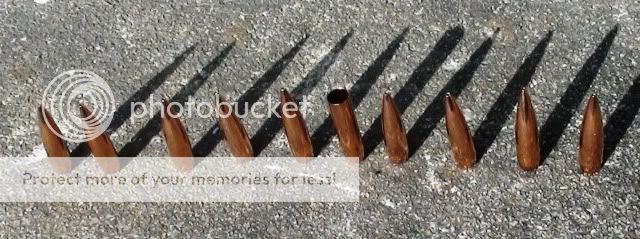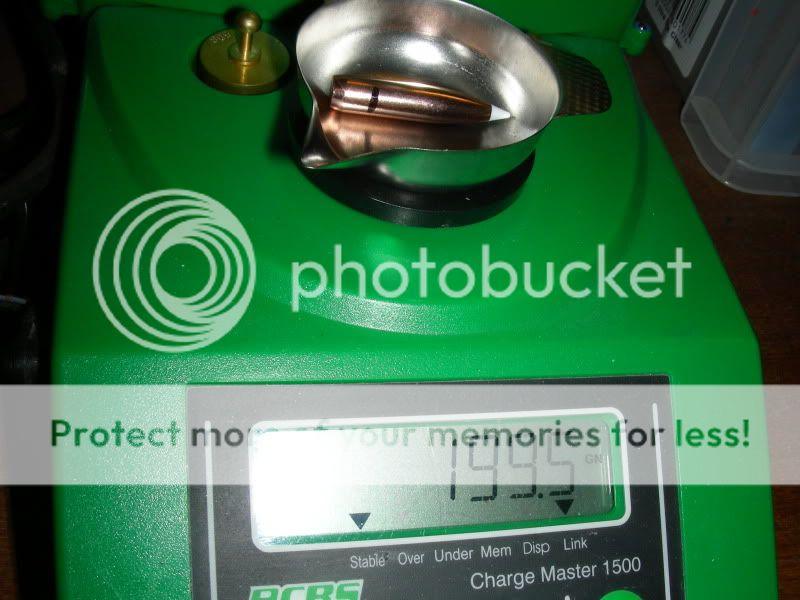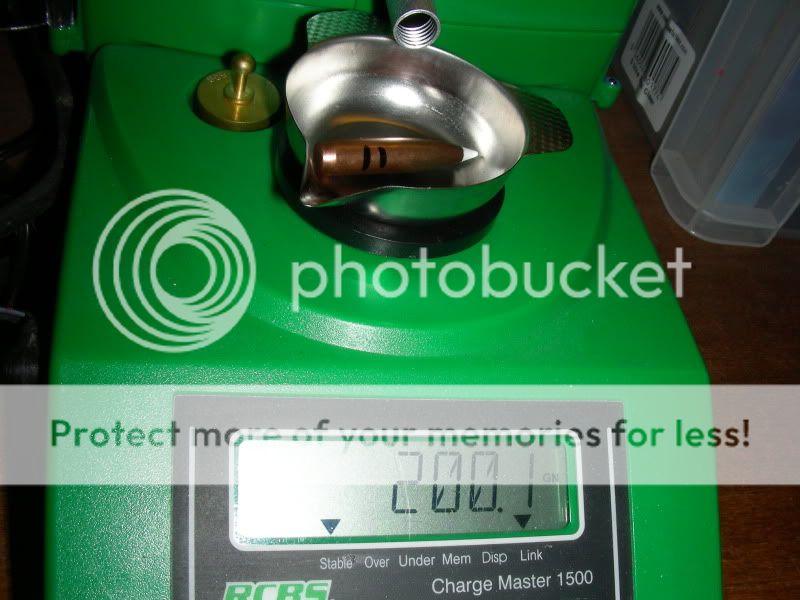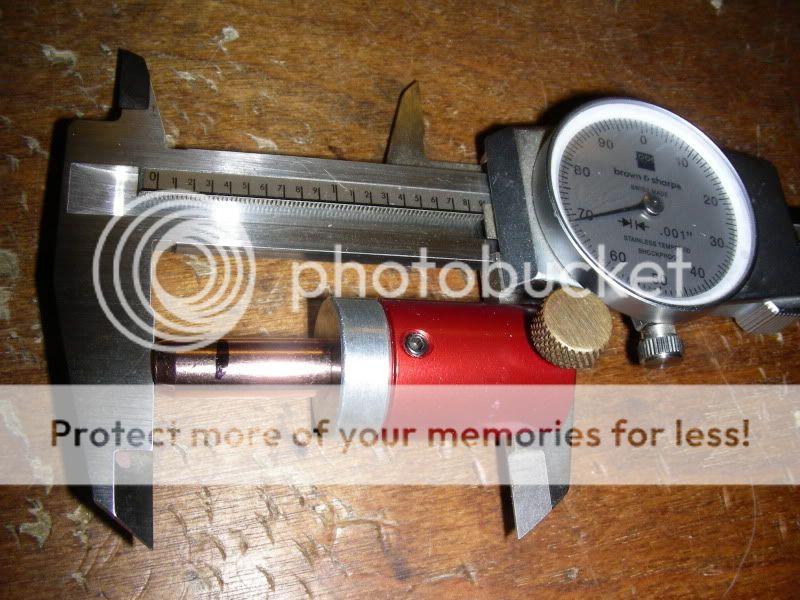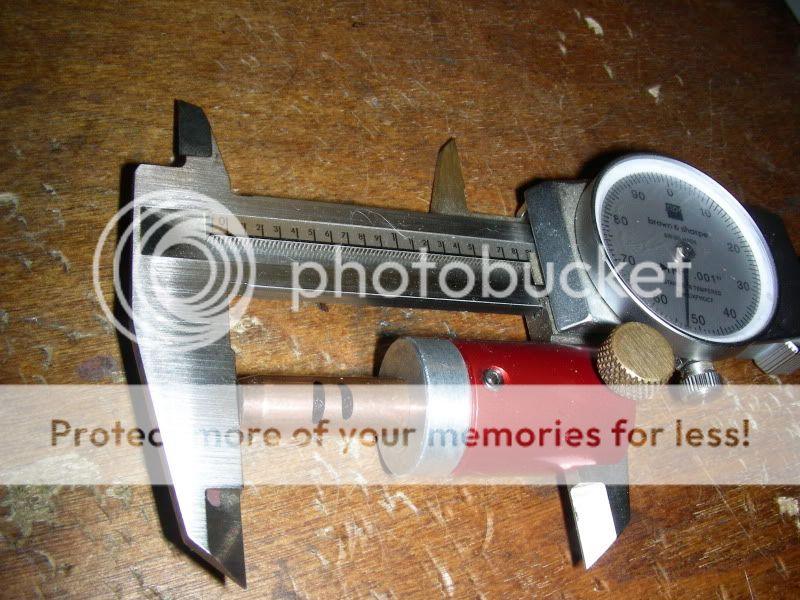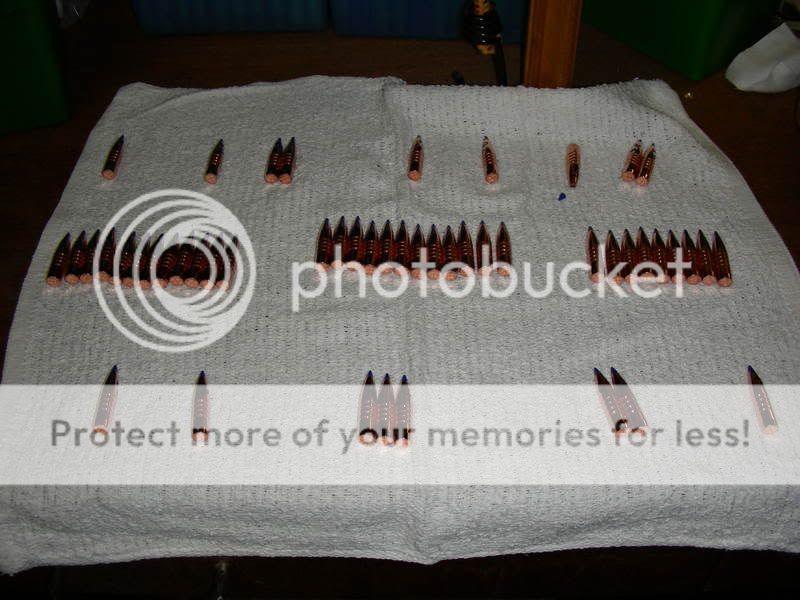G
GNERGY
Guest
Do you guys weigh bullets into groups and does it make any difference. I'm NOT looking for another step to go through during the loading process.
In one of the threads about loads for a 25-06 somebody mentioned weighing Speer TNT bullets that 400 would get him 200 good bullets.
When I built my 25-06 I was using once fired mixed lot military brass and Curry bullets and shot 5 shot 1/4 inch groups at 100yds.
I know the Barnes .338 225gr TTSX bullets aren't exact weight, they vary some. But I can put 3 touching at 300yds. Would sorting them make the groups better? ( each group would use bullets of exact weight )
Or are we talking about a needle in a haystack?
And don't forget about human error when trying to hold the gun steady and squeeze off those shots all in the exact same place.
I guess a rail mounted bench gun would tell the difference.
You guys shootin these 2 to 3 inch groups at 600 yds what are you doing/
Tarey
In one of the threads about loads for a 25-06 somebody mentioned weighing Speer TNT bullets that 400 would get him 200 good bullets.
When I built my 25-06 I was using once fired mixed lot military brass and Curry bullets and shot 5 shot 1/4 inch groups at 100yds.
I know the Barnes .338 225gr TTSX bullets aren't exact weight, they vary some. But I can put 3 touching at 300yds. Would sorting them make the groups better? ( each group would use bullets of exact weight )
Or are we talking about a needle in a haystack?
And don't forget about human error when trying to hold the gun steady and squeeze off those shots all in the exact same place.
I guess a rail mounted bench gun would tell the difference.
You guys shootin these 2 to 3 inch groups at 600 yds what are you doing/
Tarey

